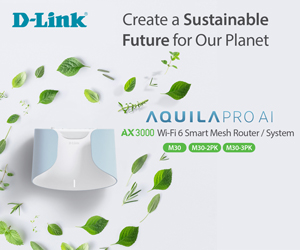But this is only the scratching the surface. Through the Sphero MacroLab app, anyone can create simple, repeatable routines for the device. While it’s certainly not as complicated as C++ or Java, MacroLab makes use of similar concepts, providing an entry point into the logic and problem solving skills used in programming.
As users get proficient with MacroLab, they have the option to move to OrbBasic, another app that can be used to program Sphero. Based on Basic, OrbBasic provides more of a fleshed-out coding experience. The app introduces the concept of ‘If Then Else’, an idea central to all programming languages. For example, a simple routine that could be implemented is as follows: If Sphero has reached maximum acceleration, change the colour to red, otherwise change the colour to blue. Repeat this until Sphero is red.
“Sphero is fun”, said Bernstein, reinforcing that children see it as a toy or a gaming device, not an educational tool. “It’s not this educational robot that doesn’t do anything until you program it”.
A number of schools in the United States have begun including Sphero as part of their classroom programs. Quentin Donnellan, a high school teacher in Texas, exposed the value of Sphero: “it’s not just another piece of homework”. “They’re doing loops on day one, but they’re still having a tonne of fun.”
Ian Bernstein will be giving a presentation, “Tomorrow’s Toys: Play and Learning Transformed” as part of Vivid Sydney on the 1st of June.
Charlie's complete interview with Ian Bernstein can be heard on "Life & Technology"








Comments